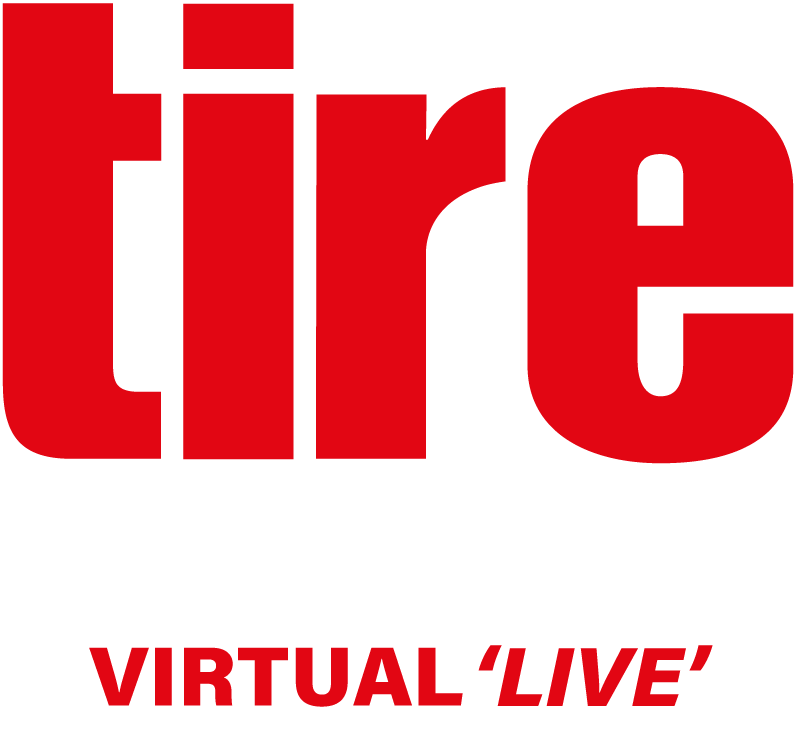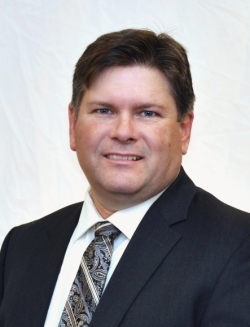
BOOK AN ON DEMAND PASS
EXISTING USER LOGIN
This event has now taken place, dates for future events to be announced soon!
Discover more about the topics and technologies to be discussed at Tire Technology Virtual 'Live', via a series of exclusive interviews with a selection of our expert speakers!
 What is your presentation about?
What is your presentation about?
Leveraging technology to manage your uptime by correlating the manufacturing process models with your operational quality data to modify your manufacturing process in real time. Using real-world inputs and cloud interfaces, you can leverage the data you already have in your process to optimize your production. This presentation will discuss augmented solutions for your current control system with cloud-based and cloud-enabled technologies to capture production data and optimize ongoing processes. With the latest in automation technology coupled with digital assets, you can participate in the digital transformation of the tire industry now, and futureproof your manufacturing processes.
How can correlating manufacturing process models with operational quality data increase uptime?
The key to affecting uptime in any production system is to ensure that the model representing the ideal process will also incorporate ideal machinery condition over time.
When you have a well-defined and identified process model that is built around optimal operating parameters, it becomes possible to enable active comparisons with the actual process operation. However, when you add in the data for actual machine condition you then enable the correlation between the operational model and the operation of the machine. We can easily track the vibration, temperature, current and other key parameters for the machine components like motors, gearboxes, transfer cases and other mechanical equipment that tend to cause the most downtime. Tools exist today that can model the entire process and run the lines and systems in the virtual world, which allows for model-based operational data-gathering.
With the use of cloud-based data collection, field-based SCADA or a dedicated data collection system that can enable the data to be stored alongside the model data, the data can be reviewed against actual production data. Any deviations or differences between the ideal model and the actual production can be tracked and analyzed.
Larger deviations can be identified with a simple graphical review, or more advanced artificial intelligence or dedicated statistical analysis tools can be used with the offline data to identify trends and issues. With the ability to clearly and quickly identify deviations and differences, it would then be reasonable to see how operational changes can affect machinery condition and therefore affect uptime.
What augmented solutions are available and what benefits do they provide?
From a hardware perspective, I see several different headset and glasses-type options in the marketplace, which include headsets that simply use your mobile phone. You have many options including those from Microsoft’s HoloLens 2 to Glass as well as simply holding your mobile phone or tablet in front of a machine without a headset-type holder.
I think the key differences between dedicated hardware in a headset-type arrangement would make it easy for frequent use or hands-free operation for technicians and operators. The benefit of using existing phones or tablets is that they would allow for supervisors to quickly obtain machine status without a dedicated device that may add additional unnecessary cost.
The software implementations seem to be trending toward more customized options specific to customer applications. I think that it is important to have ready access to machine and operations data as well as a machine visualization system that is cloud or edge ready to allow for quick implementation of AR-type solutions in industrial settings.
What do you think is the biggest challenge in tire manufacturing now?
I think that the tire industry is incredibly resilient and has adapted to one of the most dynamic years in history. From the coronavirus shutting the world down and dropping tire shipment lower than anyone would have ever expected, to the shift from passenger car tires with multiple low profiles, to commercial tires to help with the supply chain, to all the people that stopped traveling.
From a pure manufacturing perspective, I think that there are a substantial number of machines globally that are running with legacy control and drive systems. Perhaps some of the electrical control systems have not needed any attention in a decade or longer. Proper obsolescence planning is fundamental to ensuring uptime and operational efficiency. In addition, by modernizing production equipment the ability to futureproof your systems can only help with protecting from cyber threats and maintaining uptime.
How do you think the tire industry will change in the next 10 years?
From a manufacturing perspective, I think that you are going to see a lot more data collection and analysis from the production systems in addition to the use of cloud/edge-based data analysis using artificial intelligence to improve operations.
I also think that the digital thread of the product design being extended through to the virtual production line will decrease the iterations of prototypes for actual tires and decrease the time typically needed to go from design to prototype to actual product.